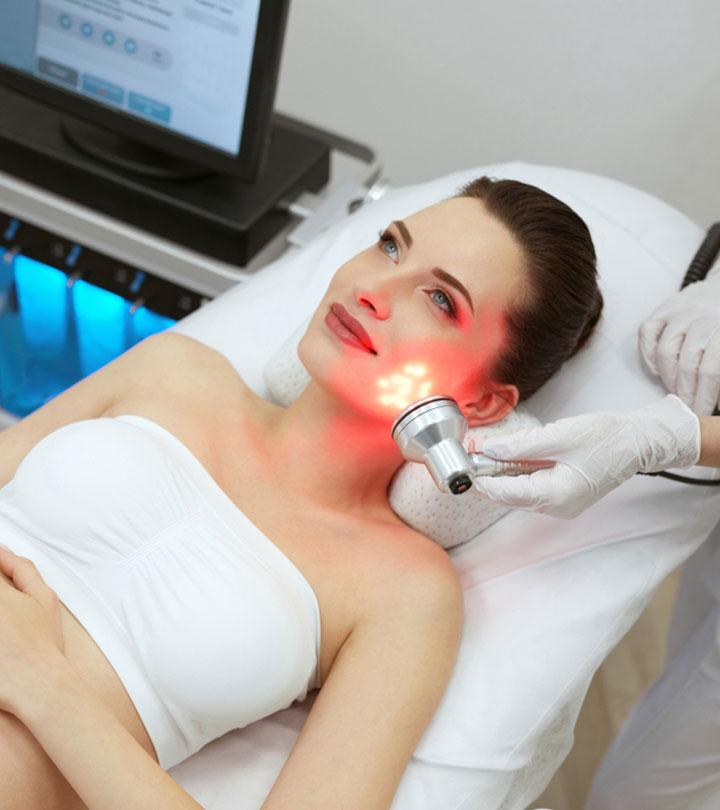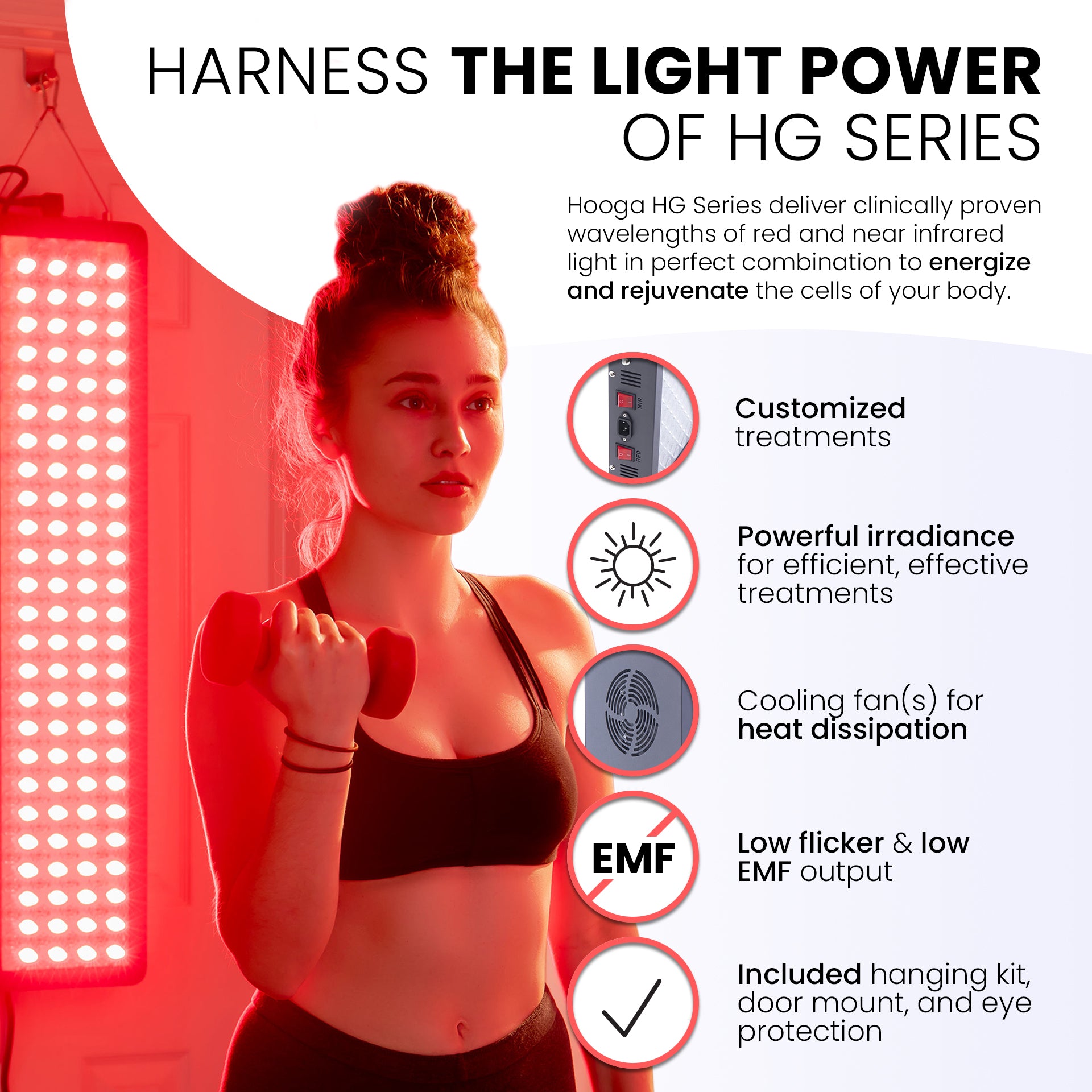Photobiomodulation Laser Applications in Modern Medicine
Wiki Article
Opening the Potential of Photobiomodulation: A Promising Method for Restorative Treatment
Are you interested about the capacity of photobiomodulation for therapeutic intervention? By targeting specific mobile procedures, photobiomodulation has shown prospective in speeding up wound recovery, lowering discomfort, and promoting tissue regrowth. In this intro, we will certainly check out the mechanisms of activity, applications in medication, and the present evidence supporting the effectiveness of photobiomodulation.Understanding Photobiomodulation
To recognize photobiomodulation, you need to realize the concept of just how light therapy can straight affect cellular procedures in your body. Photobiomodulation, likewise recognized as low-level light therapy, is a non-invasive therapy that makes use of particular wavelengths of light to promote biochemical reactions in your cells.The restorative results of photobiomodulation are significant and have actually been studied extensively in different medical fields. It has actually revealed appealing results in advertising cells fixing and regeneration, lowering inflammation, soothing pain, and improving injury recovery. Photobiomodulation has actually been found to have a positive effect on neurological problems, such as stressful brain injury and stroke, by promoting neural activity and advertising neuroplasticity.
Unlike various other treatments, photobiomodulation does not generate any kind of warm or trigger cells damage. It is important to note that photobiomodulation needs to be carried out by skilled professionals or according to the producer's instructions to ensure optimum results and safety.

Devices of Action
In understanding the devices of action, you will uncover exactly how photobiomodulation directly influences mobile procedures through details biochemical reactions. When light is put on the body, it is soaked up by chromophores, such as cytochrome c oxidase and flavins, which exist in the mitochondria. This absorption leads to a waterfall of events that ultimately cause cellular adjustments.Photobiomodulation increases the task of cytochrome c oxidase, an essential enzyme in the mitochondria that is included in the electron transportation chain. As a result, cellular metabolism is improved, advertising cells repair work and regrowth.
In addition, photobiomodulation has been shown to regulate mobile signaling pathways. It triggers numerous development elements and signifying particles, such as nitric oxide and responsive oxygen species, which play crucial roles in processes like cell, swelling, and angiogenesis expansion. These signaling paths contribute to the healing impacts of photobiomodulation, promoting tissue recovery and decreasing discomfort and swelling.
Applications in Medication
Discover the comprehensive applications of photobiomodulation in medication. Photobiomodulation, additionally known as low-level light treatment, is a non-invasive therapy that uses light to boost mobile processes and advertise recovery. In medication, this strategy has actually revealed encouraging outcomes throughout different areas.One of the main applications of photobiomodulation is in pain administration. photobiomodulation laser. It has been made use of to ease both persistent and severe pain, including musculoskeletal problems, neuropathic discomfort, and post-operative pain. By targeting the affected area with specific wavelengths of light, photobiomodulation can lower swelling, promote tissue repair, and give relief
Additionally, photobiomodulation has actually revealed prospective in wound recovery. It can increase the recovery process by enhancing cell spreading, advertising angiogenesis, and minimizing scar tissue development. This has substantial ramifications in the treatment of persistent wounds, such as diabetic abscess and pressure sores.
In dermatology, photobiomodulation has been made use of for its regenerative and anti-inflammatory impacts. It can improve the appearance of scars, lower acne lesions, and stimulate hair development in conditions like androgenetic alopecia.
Additionally, photobiomodulation has actually shown promise in neurorehabilitation. It can boost cognitive feature, enhance electric motor healing, and aid in the therapy of neurodegenerative illness like Alzheimer's and Parkinson's.
Clinical Proof and Research Searchings For

In the area of bone and joint problems, photobiomodulation has actually been found to reduce pain and inflammation, enhance variety of movement, and increase cells fixing. Additionally, photobiomodulation has shown positive effects on wound healing by promoting collagen fibroblast, angiogenesis, and synthesis spreading.
Moreover, research has revealed that photobiomodulation can have neuroprotective and neuroregenerative effects. It has actually been discovered to enhance cognitive function, decrease neuroinflammation, and enhance neuronal survival and synaptic plasticity. This has important more effects for the therapy of neurological problems such as Alzheimer's illness, Parkinson's disease, and stroke.
Future Directions and Possible Challenges
Moving forward, it is vital to think about the possible difficulties and future instructions surrounding the usage of photobiomodulation as a restorative treatment. Currently, there is no agreement on the optimal wavelength, strength, period, and frequency of photobiomodulation therapy.Another vital future direction is the advancement of affordable and mobile photobiomodulation devices. While present tools work, they are often large, pricey, and require expert guidance - pbm therapy. The development of straightforward and cost effective devices would significantly boost accessibility to this therapy, enabling even more individuals to profit from its potential restorative impacts
In addition, future research ought to focus on illuminating the devices underlying photobiomodulation. Regardless of its growing popularity, the exact devices whereby photobiomodulation exerts its healing results are not totally understood. Comprehending these devices would certainly not just improve our knowledge of the therapy yet also aid in the development of more targeted and efficient treatments.
Nonetheless, there are additionally possible obstacles that require to be resolved. pbm therapy. These consist of the requirement for standardized procedures, the need for properly designed professional tests with larger sample sizes, and the need for lasting follow-up researches. Governing and security considerations have to be taken right into account to guarantee the reliable and risk-free use of photobiomodulation in professional method.
Conclusion
To conclude, photobiomodulation holds wonderful guarantee as a healing intervention in medication. Its mechanisms of activity and clinical proof suggest its prospective for dealing with various conditions. Nonetheless, additional study is needed to completely understand its benefits and resolve any prospective obstacles. With ongoing research studies and advancements in this field, photobiomodulation has the possible to open brand-new possibilities for improving patient outcomes.Are you curious these details concerning the possibility of photobiomodulation for therapeutic treatment? By targeting certain mobile procedures, photobiomodulation has actually revealed possible in increasing injury recovery, reducing pain, and promoting cells regrowth.In addition, photobiomodulation has revealed possible in injury recovery.Moving ahead, it is important to take into consideration the future visite site directions and possible obstacles bordering the use of photobiomodulation as a therapeutic treatment. With ongoing researches and improvements in this area, photobiomodulation has the possible to unlock brand-new possibilities for enhancing individual end results.
Report this wiki page